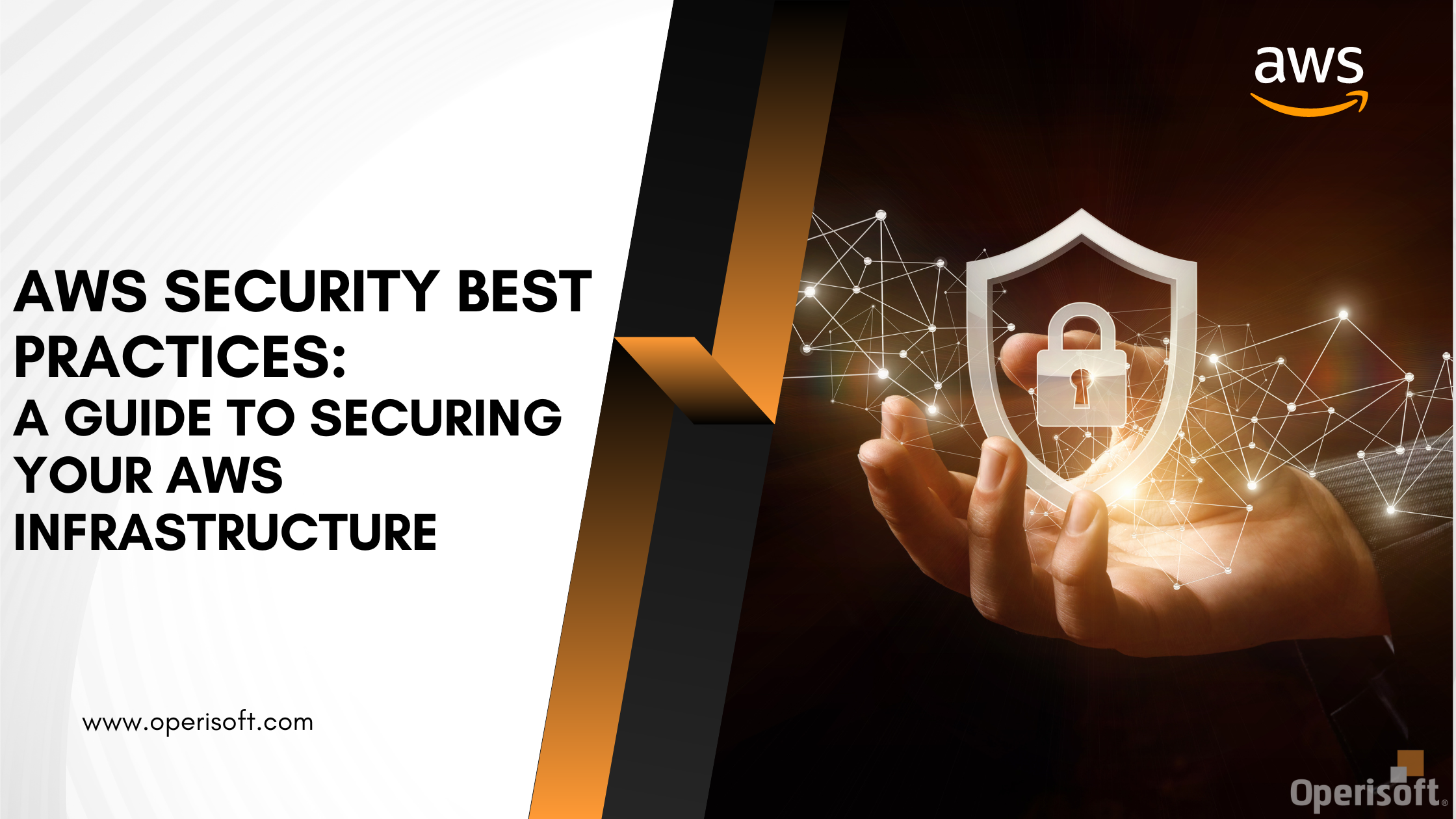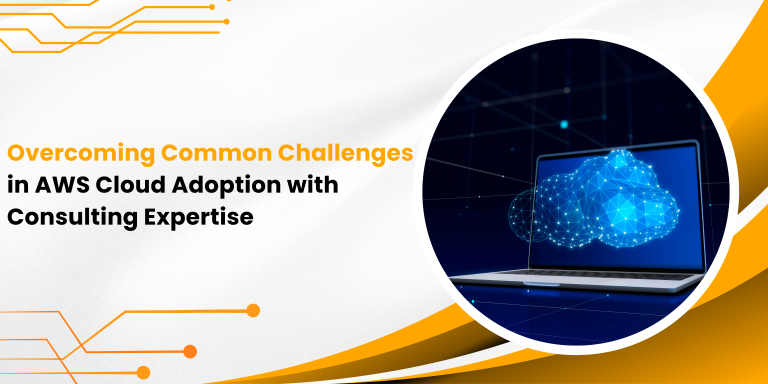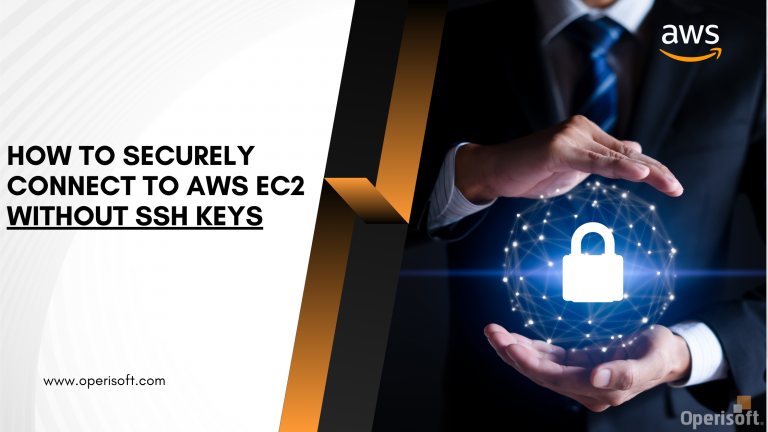In today’s world fear of losing is arising, whether it may be for a person, job or for valuable data. Everyone needs security in every aspect of their life. Similarly, from business aspects making security a top priority is essential to survive in this growing market.
Businesses are increasingly acknowledging the vast potential and advantages associated with transitioning their operations to the cloud. This migration signifies a fundamental transformation in how businesses oversee and utilize their technological infrastructure.
Securing your AWS infrastructure is crucial to protect your data, applications, and resources from potential threats. Implementing AWS security best practices helps you maintain a robust and resilient environment. It is vital to regularly review and update access policies to adapt to evolving requirements and mitigate any potential vulnerabilities.
By adopting these practices and staying informed about the latest AWS security recommendations, you can enhance the protection of your AWS infrastructure.
Here are some AWS security best practices to consider when securing your AWS infrastructure:
Identity and Access Management (IAM):
- User and role management – Regularly review and audit IAM user access to ensure it aligns with your organization’s requirements.
- Least privilege principle – Implement the principle of least privilege by granting minimal permissions required for each user or role.
- Multi-factor Authentication (MFA) – Enable multi-factor authentication (MFA) for all IAM users.
- Password policies and rotation – Utilize IAM policies to enforce strong password policies and password rotation.
Secure Network Configuration:
- Virtual Private Cloud (VPC) configuration – Use Virtual Private Cloud (VPC) to isolate your resources and control inbound and outbound traffic.
- Network access control lists (ACLs) – Implement network access control lists (ACLs) and security groups to restrict network traffic flow.
- AWS Web Application Firewall (WAF) – Enable AWS Web Application Firewall (WAF) to protect against common web exploits and attacks.
- Distributed Denial of Service (DDoS) protection (AWS Shield) – Utilize AWS Shield to safeguard against Distributed Denial of Service (DDoS) attacks.
Encryption:
- Encryption at rest (S3, EBS, RDS) – Enable encryption at rest for data stored in Amazon S3 buckets, Amazon EBS volumes, and Amazon RDS databases.
- Key Management Service (KMS) – Utilize AWS Key Management Service (KMS) to manage and control encryption keys securely.
- SSL/TLS encryption for data in transit – Implement SSL/TLS encryption for data in transit using AWS Certificate Manager (ACM) or custom certificates.
Monitoring and Logging:
- AWS Cloud Trail for API activity logging – Enable AWS Cloud Trail to monitor and log API activity across your AWS account.
- Amazon CloudWatch for monitoring and alerting – Utilize Amazon CloudWatch to collect and analyse logs, set up alerts, and monitor resource usage.
- AWS Config for resource configuration auditing – Implement AWS Config to continuously assess and audit the configuration of your AWS resources.
Incident Response and Disaster Recovery:
- Incident response plan – Develop an incident response plan to quickly respond and recover from security incidents.
- Data backup and restoration procedures – Regularly back up your data and test the restoration process to ensure effective disaster recovery.
- AWS Backup and Disaster Recovery services – Utilize AWS services like AWS Backup and AWS Disaster Recovery to automate and streamline these processes.
Regular Security Assessments:
- Vulnerability assessments – Conduct regular vulnerability assessments and penetration testing to identify and address security weaknesses.
- AWS Inspector for automated security assessments – Utilize AWS services like AWS Inspector and third-party security tools to perform security assessments.
- Third-party security tools and services – Stay updated with AWS security best practices and new security features to ensure you’re following industry standards.
Employee Training and Awareness:
- Train your employees on AWS security best practices, including secure coding, data handling, and incident response.
- Raise awareness about social engineering attacks, phishing, and other common security threats.
- Regularly review and reinforce security policies and guidelines with your team.
Conclusion
Implementing AWS security best practices is not just an option; it is an imperative for any organization leveraging cloud infrastructure. As the digital landscape evolves and cyber threats become more sophisticated, safeguarding sensitive data and ensuring the resilience of your AWS environment are critical for business success.
Our guide has provided you with valuable insights into securing your AWS infrastructure effectively. By following the recommended steps, you can establish a strong foundation of security, protecting your assets, and maintaining compliance with industry standards.
Remember that AWS security is an ongoing process. Regularly review and update your security measures, staying informed about the latest developments in cloud security. Encourage a security-first culture within your organization and promote awareness among your team members.
By adhering to the best practices outlined in this guide, you can mitigate risks, prevent potential breaches, and build trust with your customers. Embrace the power of AWS security, and confidently navigate the ever-changing landscape of cloud computing, knowing that your data and infrastructure are in safe hands.
Stay vigilant, stay secure, and continue striving for excellence in all your cloud endeavors. Together, we can build a more robust and secure cloud future for everyone.







